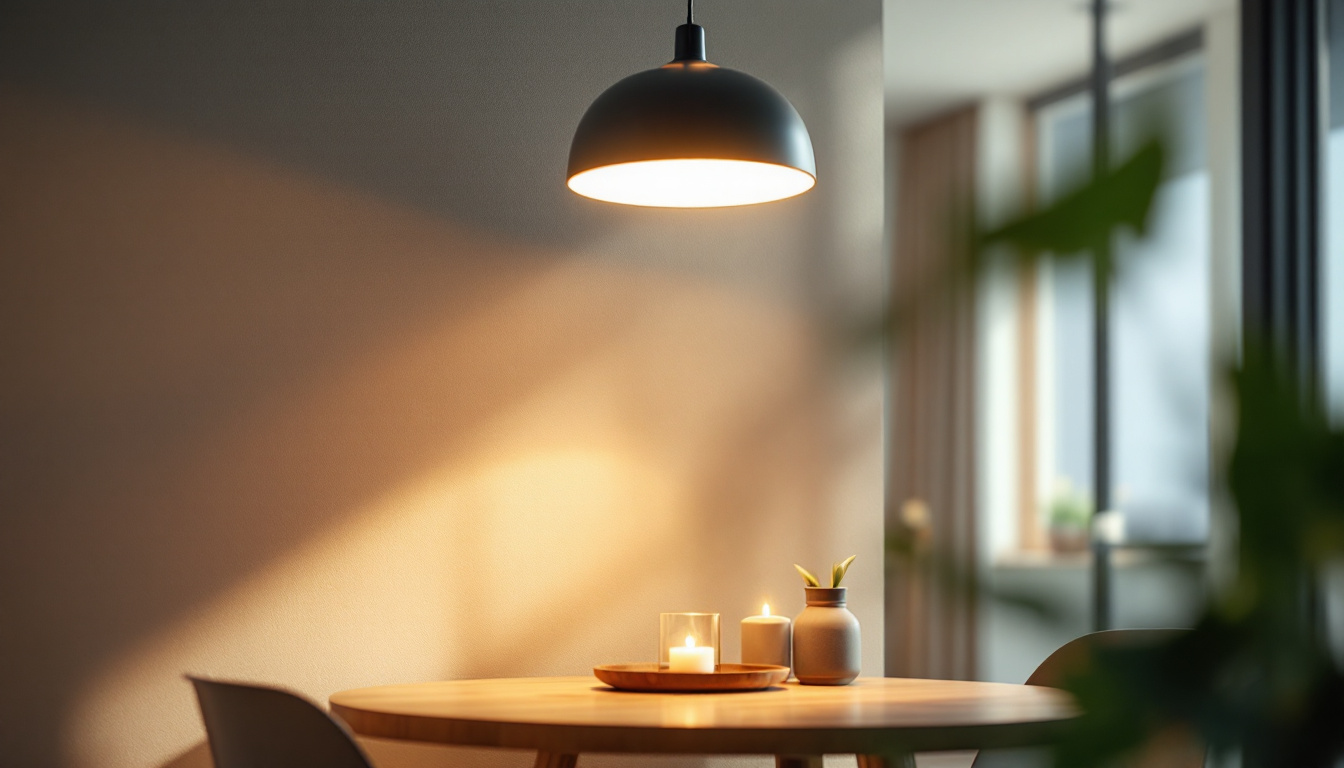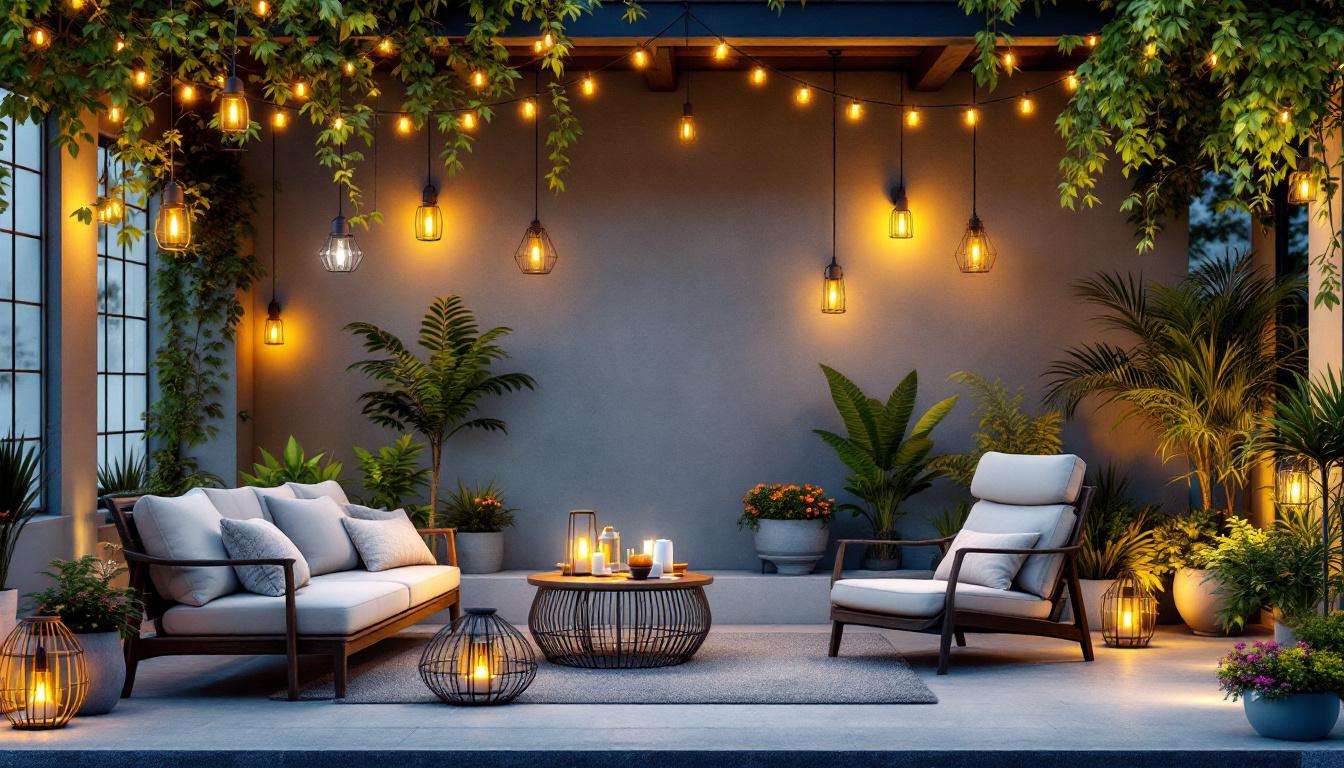
Fixture LED lights have emerged as a revolutionary solution in the lighting industry, offering energy efficiency and longevity that surpass traditional lighting options. These fixtures integrate LED technology directly into the design, providing a streamlined look and enhanced performance. Understanding their components and functionality is crucial for lighting contractors aiming to optimize their use.
At the core of fixture LED lights is the LED (Light Emitting Diode) technology, which converts electrical energy into light with minimal heat generation. This efficiency not only reduces energy consumption but also contributes to lower operational costs over time. Moreover, the lifespan of LED fixtures often exceeds 25,000 hours, making them a reliable choice for various applications. With advancements in technology, many LED fixtures now come equipped with features such as dimming capabilities and smart controls, allowing users to customize their lighting experience to suit different moods and activities.
There are several types of fixture LED lights available, each designed for specific applications. Common types include recessed lights, surface-mounted fixtures, and pendant lights. Understanding the unique characteristics of each type can help contractors select the best option for their projects.
Recessed lights, for instance, are ideal for creating a clean and modern aesthetic, often used in residential and commercial settings. These fixtures are installed into the ceiling, providing a seamless look that enhances the overall design of a space. Surface-mounted fixtures, on the other hand, are versatile and can be installed in areas where ceiling heights pose a challenge. They are particularly useful in spaces with low ceilings or where installation of recessed lights may not be feasible. Pendant lights add a decorative touch while providing focused illumination, making them suitable for dining areas and workspaces. Additionally, they come in a variety of styles and finishes, allowing for personalization that can complement the existing decor.
Another noteworthy type of fixture LED light is the track lighting system, which consists of multiple light heads mounted on a single track. This system offers flexibility, as the individual light heads can be adjusted to direct light where it is needed most. Track lighting is particularly effective in showcasing artwork or illuminating workspaces, making it a popular choice in galleries and studios. Furthermore, many modern fixture LED lights are designed with sustainability in mind, utilizing recyclable materials and offering features that reduce their environmental impact. As the demand for eco-friendly solutions continues to grow, fixture LED lights stand out as a smart choice for both energy-conscious consumers and professionals in the lighting industry.
The advantages of fixture LED lights extend beyond mere energy savings. Their design and functionality contribute to a range of benefits that can significantly enhance lighting projects. As technology continues to advance, LED fixtures have become increasingly versatile, making them suitable for a variety of applications, from residential to commercial and industrial settings.
One of the most notable benefits is their environmental impact. By using less energy, LED lights reduce carbon footprints and promote sustainability. Additionally, many LED fixtures are made from recyclable materials, further supporting eco-friendly practices. This commitment to sustainability not only helps the planet but also aligns with the values of consumers who are increasingly seeking environmentally responsible products.
While the initial investment in fixture LED lights may be higher than traditional lighting options, the long-term savings are substantial. The reduced energy consumption translates into lower utility bills, and the extended lifespan means fewer replacements and maintenance costs. For contractors, this cost efficiency can be a strong selling point to clients. In fact, many businesses have reported a significant return on investment within just a few months of switching to LED lighting, thanks to the drastic reduction in energy costs.
Moreover, many regions offer incentives or rebates for upgrading to energy-efficient lighting, making the transition to LED fixtures even more financially appealing. Contractors should stay informed about local programs that can benefit their clients. Additionally, the durability of LED lights means they are less prone to breakage, which can further reduce costs associated with repairs and replacements over time. This reliability is especially valuable in high-traffic areas or locations where maintenance can be disruptive and costly.
Fixture LED lights provide superior lighting quality compared to traditional incandescent or fluorescent options. They offer consistent color temperatures and brightness levels, which can enhance the overall ambiance of a space. This is particularly important in settings such as retail environments, where lighting can influence customer experience and purchasing decisions. The ability to create a welcoming atmosphere through well-designed lighting can lead to increased foot traffic and higher sales.
Furthermore, LED technology allows for greater control over lighting design. Dimming capabilities, color changing options, and smart technology integration enable contractors to create customized lighting solutions that meet specific client needs. For instance, in a restaurant setting, the ability to adjust lighting throughout the day can enhance the dining experience, transitioning from bright, energizing light during lunch to warm, intimate tones for dinner. This adaptability not only improves aesthetics but also contributes to energy savings by allowing users to tailor their lighting to the specific requirements of different times and activities.
To fully harness the benefits of fixture LED lights, contractors must focus on optimization strategies that enhance their performance and efficiency. This involves careful planning and execution during the design and installation phases.
One of the key factors in optimizing fixture LED lights is their placement and spacing. Properly positioned fixtures can eliminate dark spots and ensure even illumination across a space. Contractors should consider the function of the area, the height of ceilings, and the overall layout when determining fixture placement.
In larger spaces, such as warehouses or auditoriums, using a combination of different types of fixtures can help achieve optimal lighting. For example, pairing high-bay LED fixtures with task lighting can provide both general and focused illumination, enhancing functionality and safety.
Incorporating dimming and control systems into fixture LED installations can significantly improve energy efficiency. These systems allow users to adjust the brightness of the lights according to their needs, reducing energy consumption during off-peak hours.
Smart lighting solutions, which can be controlled via mobile apps or integrated with building management systems, offer even greater flexibility. Contractors should familiarize themselves with the latest technologies and recommend suitable solutions to clients, ensuring they maximize their lighting efficiency.
While fixture LED lights are known for their durability and low maintenance requirements, regular upkeep is still essential to ensure optimal performance. Contractors should educate clients on best practices for maintaining their LED fixtures.
Cleaning the fixtures regularly can prevent dust and debris buildup, which can diminish light output. Additionally, checking connections and ensuring that the fixtures are functioning properly can extend their lifespan and maintain efficiency.
Implementing a performance monitoring system can help track the effectiveness of fixture LED lights over time. This can include measuring energy consumption, light output, and overall satisfaction with the lighting quality. By analyzing this data, contractors can make informed decisions about future upgrades or adjustments.
Encouraging clients to provide feedback on their lighting experience can also be beneficial. This input can guide contractors in refining their approach and ensuring that they meet client expectations.
Real-world examples of successful fixture LED light implementations can provide valuable insights for contractors. These case studies highlight the benefits and efficiencies gained from adopting LED technology.
In a recent project involving a large retail store, the contractor replaced outdated fluorescent fixtures with energy-efficient LED options. The results were impressive: not only did the store see a significant reduction in energy costs, but customer feedback indicated an enhanced shopping experience due to improved lighting quality. The store’s management reported increased sales, attributing part of this success to the new lighting.
Another case involved a manufacturing facility that struggled with high energy costs and poor lighting conditions. The contractor implemented high-bay LED fixtures, which not only improved visibility on the production floor but also reduced energy consumption by over 50%. The facility’s management noted fewer accidents and increased productivity, showcasing the multifaceted benefits of optimized lighting solutions.
The lighting industry is continuously evolving, and staying ahead of trends is essential for contractors. Several emerging trends are shaping the future of fixture LED lights, offering exciting opportunities for optimization.
smart lighting technology is becoming increasingly popular, allowing for greater control and customization of lighting systems. This trend includes features such as automated dimming, color changing, and integration with smart home systems. Contractors should consider incorporating these technologies into their projects to meet client demands for modern, efficient solutions.
Human-centric lighting focuses on the relationship between lighting and human well-being. This trend emphasizes the importance of natural light and its effects on mood and productivity. Contractors can optimize fixture LED lights by incorporating tunable white lighting, which adjusts color temperatures throughout the day, mimicking natural light patterns and promoting a healthier environment.
Optimizing fixture LED lights for maximum efficiency is a multifaceted process that involves understanding the technology, implementing best practices, and staying informed about industry trends. For lighting contractors, this knowledge is essential in delivering high-quality, energy-efficient lighting solutions that meet client needs.
By focusing on proper placement, utilizing advanced control systems, and maintaining fixtures, contractors can ensure that their LED installations provide lasting value. As the industry continues to evolve, embracing new technologies and practices will position contractors as leaders in the field, ready to tackle the challenges of modern lighting design.
Ready to take your lighting projects to the next level? At LumenWholesale, we provide lighting contractors like you with the highest quality, spec-grade LED fixtures at unbeatable wholesale prices. Say goodbye to local distributor markups and hello to a vast selection of reliable, high-performance lighting solutions that meet the most rigorous industry standards. With free shipping on bulk orders, you can stock up on premium lighting without any hidden fees or compromises. Elevate your lighting designs with the perfect combination of quality, affordability, and convenience. Discover the best value in wholesale lighting by visiting LumenWholesale today.

Discover essential tips to prevent common pitfalls in lighting projects with our guide on LED bulb flashing.

Discover how a 20 amp dimmer switch can be a game-changer for lighting contractors.

Discover the latest trends in lantern hanging lights that every lighting contractor needs to know.

Discover the key factors that distinguish top lighting contractors in the solar lights exterior industry.